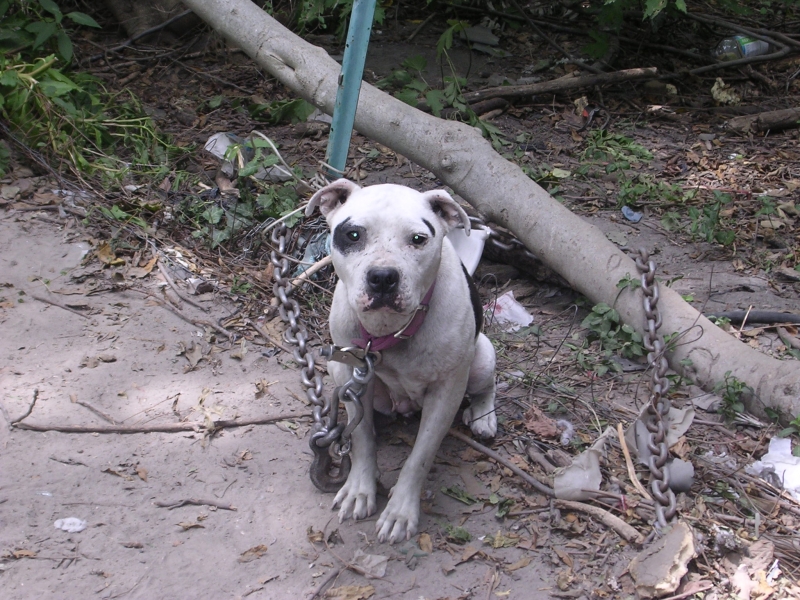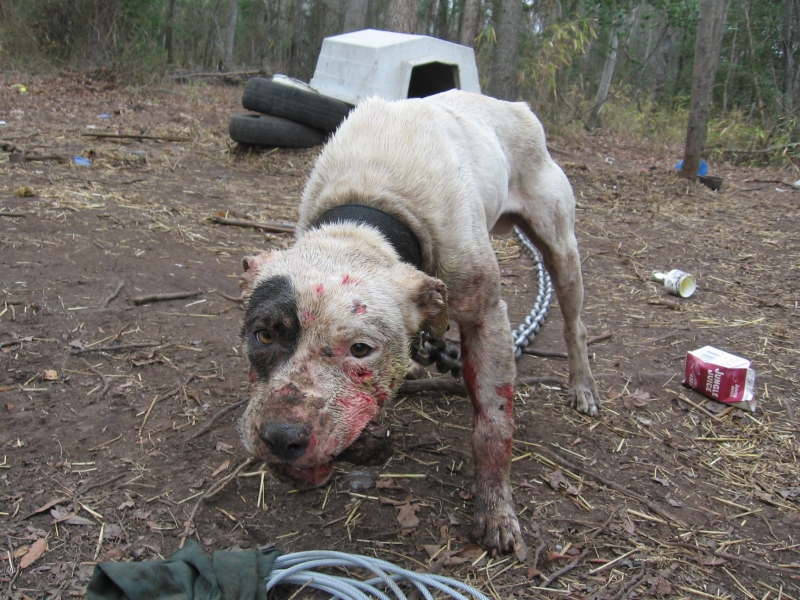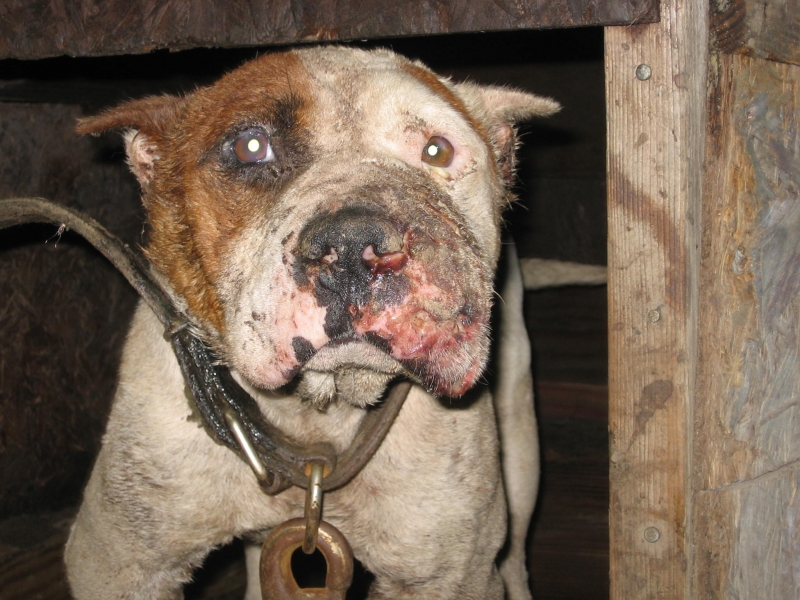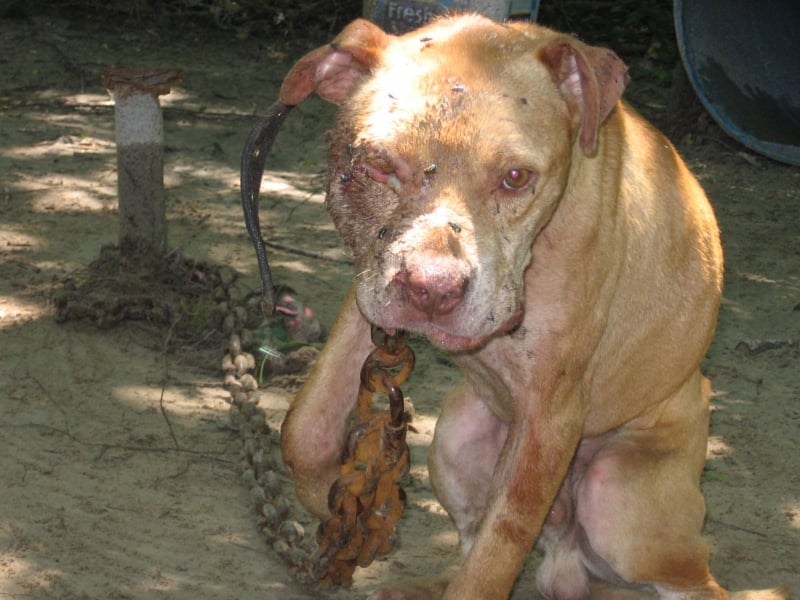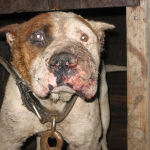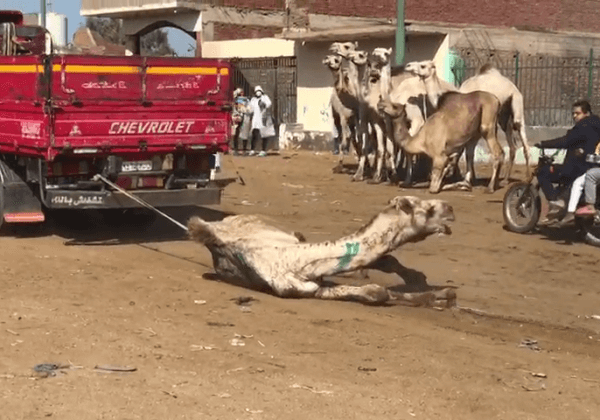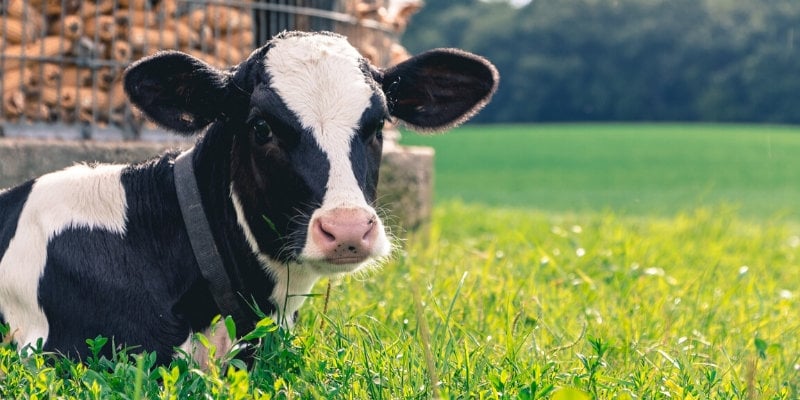Forced to Fight or Die
All over the world, animals from humble crickets to majestic horses are forced to fight for humans’ entertainment. Animals—even those who may not be naturally aggressive—are put in enclosures with no chance of escape and given little choice but to fight or die.
Cockfighting
Throughout Asia, roosters are thrown into rings and forced to fight to the death for the “amusement” of onlookers. Participants often strap sharp razors to the birds’ legs so that they can inflict serious injuries on one another. Roosters can sustain punctured lungs or broken bones or have their eyes gouged out. The injuries of those who survive these bloody battles are often left untreated.
Before the fight, many birds are preemptively mutilated—they have their feathers plucked and their waddles and/or combs (the flesh at the top of the head and under the beak) painfully hacked off, usually with shears—all so that their “opponent” can’t do so in the ring.
In their natural environments, birds sometimes fight over mates, food, or territory and to establish their dominance or position in a flock’s pecking order. But according to Paul Siegel, an expert in fowl genetics and behavior, birds rarely fight to the death because the weaker bird generally flees. “If there’s a way to escape,” Siegel said, “they’ll just get the heck out.” In cockfights, there is no escape.
When not fighting for their lives, most of these birds spend their lives tethered by one leg to overturned plastic barrels or confined to small wire cages. The birds may be fed stimulants and/or blood-clotting drugs and forced to walk with weights attached to their legs.
Dogfighting
While this blood sport is outlawed in most of the world, dogfighting is legal in Japan and Indonesia and is practiced underground throughout Asia. During these cruel battles, dogs are pitted against each other and forced to rip one another to shreds in a fight to the death while spectators cheer and gamble on a “winner.”
Dogs are highly social pack animals who need and deserve love, attention, and exercise. They thrive in an environment that offers the companionship of other dogs and human guardians. Dogs who are used for fighting are usually kept chained, and many are taunted and starved in order to trigger extreme survival instincts and encourage aggression.
Matches can go on for hours, ending only when one of the dogs is too injured to continue or dies. When they are no longer useful for fighting, dogs are often used as “bait” animals or are abandoned, tortured, electrocuted, shot, drowned, or beaten to death.
Horse Fighting
Despite being illegal, horse fighting still occurs in parts of China, Indonesia, the Philippines, and South Korea. In this cruel “sport,” two stallions are pitted against each other in a ring to fight over mating rights with a mare. During the events, the stallions are restrained in close proximity to a female in order to provoke them into a frenzy. They kick, bite, and gouge each other as screaming crowds place bets on the outcome. Horses sustain deep gashes and broken bones, and some have had their ears ripped off and their eyeballs knocked out. When the horses are no longer considered useful, they are sometimes slaughtered, cooked, and served to the spectators.
Other Victims
Every spring, South Korea holds an annual bullfighting festival in Cheongdo County, in which bulls are forced to fight each other as spectators cheer and bet on their favorite.
In China, people have been pitting crickets against each other for centuries. Kept in small cages or jars, male crickets are goaded by handlers with a piece of straw to get them irritated and riled up.
Siamese fighting fish (Betta splendens), which are native to Southeast Asia, are forced to fight in Thailand while spectators bet on a “winner.” Males are very aggressive toward each other, so they are thrown into small containers together to fight.
What You Can Do
Never attend an event in which animals are forced to fight. If you suspect that illegal activity is occurring in your neighborhood, report it to the authorities. Encourage government officials to enforce cruelty-to-animals laws and existing bans on animal fighting.

